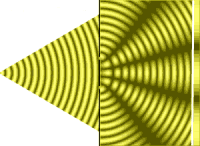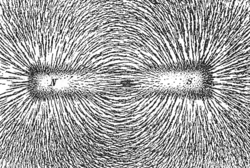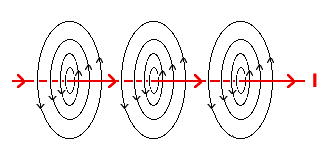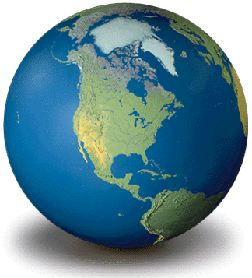
Navigating this site:
![]()
Science is a story always open to revision based on discovery about the shifting conditions of material existence. This tale is a contingent narrative we tell to one another in order to dispel the uncertainties of our mortal and temporal situation.
Defined | gravity | strangeness | method | certainty | biological | physical | chemical | geological | world | technology | Science index
A story about the world and those laws accounting for the way things occur, the frequency of their occurrence, and their significant relation to other theories.
- Where are we?
- Who are we?
- What is matter?
- How does physical differ from biological ?
- What is biology?
- What is evolution?
- What is a gene?
- How do we know global warming is real?
The material existence of this world as explained by scientists exists on a series of distinct levels or layers from the inner world's incredibly small, mass-less –neutrinos– to the immense galaxies, quasars and black holes of outer space.
There are the parts we can envision and those features hidden from our sensory perception that challenge long-held assumptions about existence and human purpose.
Defined | gravity | strangeness | layers of matter | atoms? | spin | quarks | unification
Other definitions of science:
Science is a systematic and reliable study of unity, regularity, order, chaos and serendipity of events in the universe.
The story relies on formulas to account for periodic shifts in the circumstances of measurable manifestations of material existence.
Defined | gravity | strangeness | layers of matter | atoms? | spin | quarks | unification
• search for universals, such as gravitational attraction and electromagnetic repulsion. • construction of theories to establish laws, such as; Laws of Thermodynamics, universal gravitation, Boyle's law, or natural selection. • measure of the world’s complexity within a limited framework of simplicity; such as seen in the variation on a theme of a few, basic body plans for amphibians, reptiles as well as mammals. Space is deformed or warped by massive objects.
Defined | gravity | strangeness | layers of matter | atoms? | spin | quarks | unification
Nature revealed
and science is
operationally the search for errors in existing evidence fosters the competitive nature of empirical research.
Other comments on the scientific method.
![]()
Science is an orderly process by which information
is tested or verified, assembled into a widely recognizable pattern, and often used to make
certain predictions that can be precisely described amidst a much broader uncertainty.
The process reveals an underlying likeness among often
divergent qualities, quantities, timing, and distributions of things in the natural world.
 sever. Figuratively this means to comprehend
some measurable, accountable and unsubtle material change in our background
conditions by separating out the signal (knowledge) form the noise (background conditions).
sever. Figuratively this means to comprehend
some measurable, accountable and unsubtle material change in our background
conditions by separating out the signal (knowledge) form the noise (background conditions).
![]()
Strangeness of the natural world
A model of the Earth's many geographical forms made to scale with respect to the percent of the land they occupy.
All of the smallest particles of nature are spinning bodies that comprise the microcosm, held within a grain of sand.
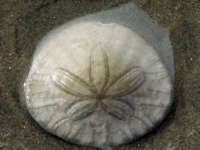

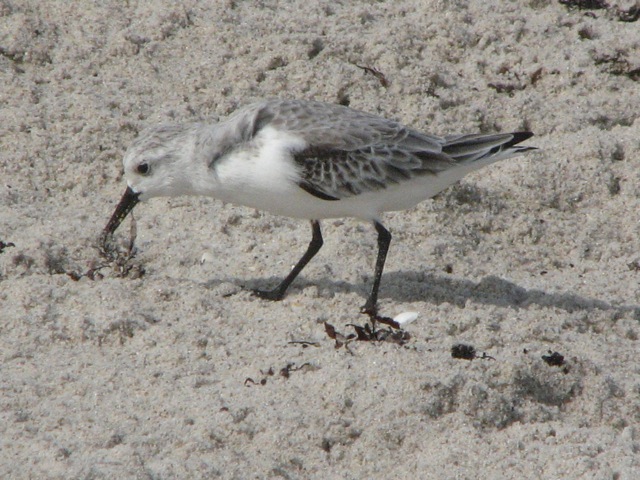
But that microcosm is strange indeed!
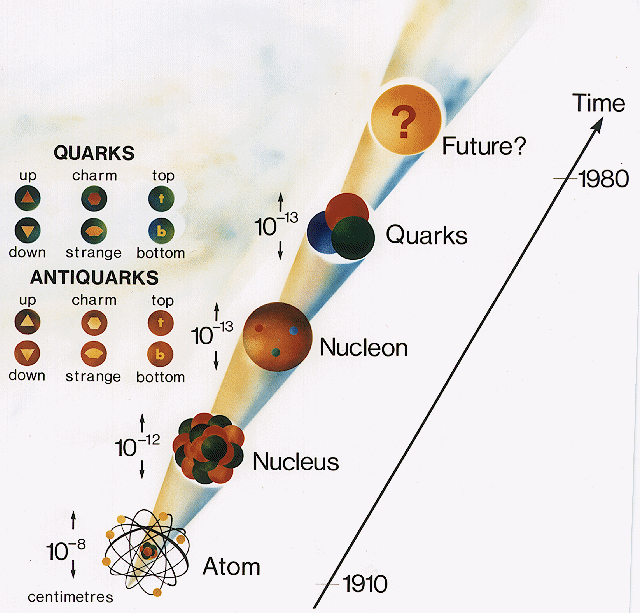
There are 61 subatomic particles (fermions, leptons, bosons) including the higgson (Higgs boson).
Once hypothesized as the smallest pieces of matter, discoveries of radiation, electrons, and electromagnetic fields in the late nineteenth century revealed atoms to be just a marker on the way to ever diminishing sized sub-atomic and virtual particles.
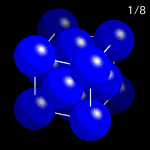 bonding atoms
bonding atoms
Atoms together form compounds and molecules.
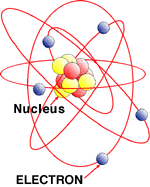
Paradox of the quantum mechanical scale and the uncertainty principle:
"Since
the wavelength of light (visible spectrum ) is much larger than the size
of an atom, we can not hope to ‘look’ at
the parts of an atom in an ordinary way. (65) ![]()
![]()
To visualize the idea of "spin" and the magnetism it manifests consider a fluid vortex.
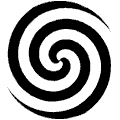
"spin angular momentum"
( Gell-Mann, 196 )

"and that the higher the energy of a particle, the smaller the wavelength of the corresponding wave."
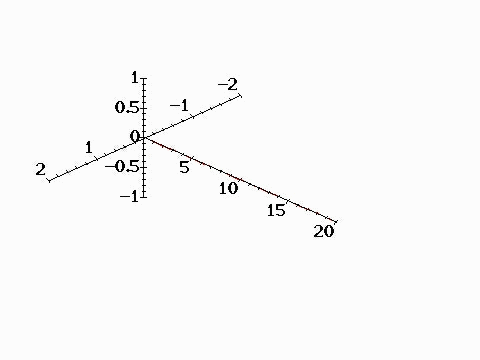
 A moving electron animation.
A moving electron animation.
The energy that an electron gains from an electric field of one volt is known as an electron volt
![]()
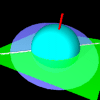
These subatomic particles within the atoms have a property called spin....
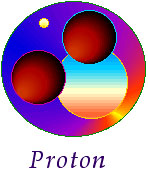
electron has a spin of 1/2
every particle has a spin and when this one spins twice around it looks again the same as it did at the start of the twin revolutions; it also has a mass of one and a negative electrical charge.
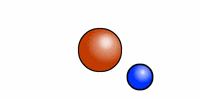 If
one electron moves past another, real photons may be given off, which
we detect as light-waves.
If
one electron moves past another, real photons may be given off, which
we detect as light-waves.
(Hawking, A Brief History of Time, page 69.)
Spin really gives rise to magnetic attraction which is inversely related to electrical repulsion.
![]()
"Spin is intrinsic to the concept of particle, and if the mass of the neutrino is indeed zero, its spin and its constant undeviating velocity of light combine to give it a unique new attribute called chirality."
(Lederman, The God Particle, p. 344)
"This forever ties the direction of spin (clockwise or counterclockwise) to the direction of motion. It can have right handed chirality, meaning that it advances with clockwise spin, or it can be left-handed , advancing with counterclockwise spin."
"One
can’t help being impressed by the 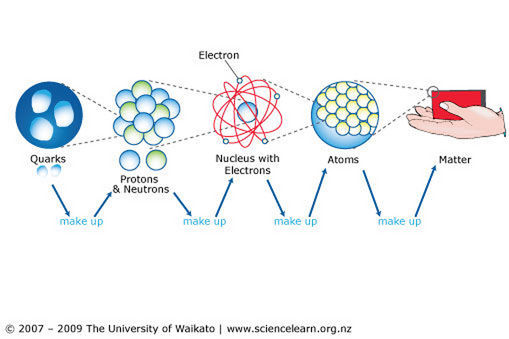 sequence of "seeds within seeds.’
The molecule is made
of atoms. The core of the atom is the nucleus. The nucleus is made of protons
and neutrons. The proton and the neutron are made of quarks. The quarks
are made of . . . whoops, hold it. The quarks can’t be broken down,
we think, but of course we are not sure."
sequence of "seeds within seeds.’
The molecule is made
of atoms. The core of the atom is the nucleus. The nucleus is made of protons
and neutrons. The proton and the neutron are made of quarks. The quarks
are made of . . . whoops, hold it. The quarks can’t be broken down,
we think, but of course we are not sure."
(Lederman, page 209)
"Another way of thinking about these things is to imagine that all of space, even empty space, is awash with particles, that nature in her infinite wisdom can provide.
This is not a metaphor. One of the implications of quantum theory is that these particles do in fact pop in and out of existence in the void.
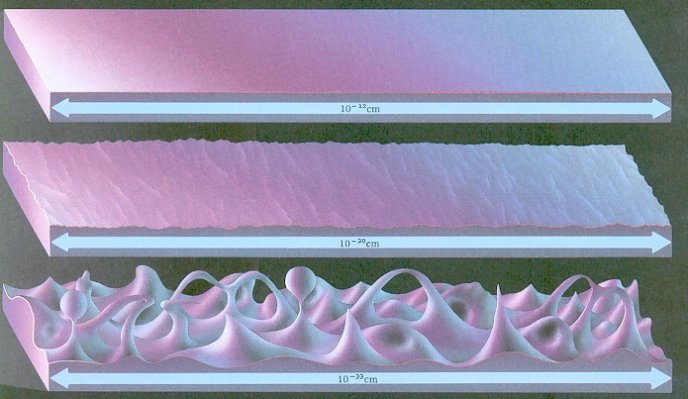
The particles,. . . are all temporary. They are created and then quickly disappear --- a bazaar of seething activity."
(Lederman, page 211)
I.
I. Rabi : "Spin is a very slippery thing." ![]()
(271)
"Suppose
we trap a muon in an orbit in a magnetic field. The orbiting charge is
also a magnet with a g-value, which Maxwell’s theory says is precisely
2, whereas the spin related magnet his minuscule excess above 2. So the
muon has two different ‘magnets’: one internal the other external (its
orbit).
"Picture
a little arrow (the spin axis of the muon) moving in a large circle with
the arrow always tangential to the orbit."
(281)
Paul Davies
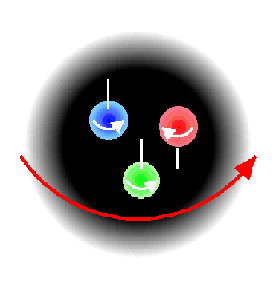
"spin is a property possessed by nearly all subatomic particles, most notably electrons and quarks. . . . to make sense of such a picture (the electron, as a tiny ball revolving about an axis) the axis of spin must point along some direction. . . . physicists have long accepted that the spin of a particle will always be found to point along whichever axis is chosen by the experimenter as his reference."
Davies, Superforce, (page 32)
"The subject of particle spin contains many other surprises."
Electrons
if rotated behave curiously; a 360 degrees of rotation does not account
for a "complete" rotation for an electron
"What does this mean? Evidently, in the primitive case, a rotation of 720 degrees is necessary to produce a complete revolution, i.e. to restore the world to its original configuration. An elementary particle, such as an electron, perceives the total sweep of 720 degrees. In human beings, and other large objects this facility is lost, and we cannot distinguish one 360 degrees rotation from the next. In some sense, then, we perceive only half the world that is available to the electron."
"From a distance, however, this subtlety is not apparent. "
(34)
Other comments on the scientific method.
![]()
Quarks are thought to be trapped in subatomic particles.
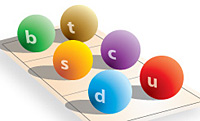 "With
the eventual discovery of W and Z particles in 1983, the
Weinberg-Salam theory [1967 assumption called "spontaneous
symmetry breaking"] was triumphantly confirmed. No longer was it necessary
to talk of four fundamental forces. The superficially separate electromagnetic
and weak forces were seen to be merely two components of a single electro-weak force."
"With
the eventual discovery of W and Z particles in 1983, the
Weinberg-Salam theory [1967 assumption called "spontaneous
symmetry breaking"] was triumphantly confirmed. No longer was it necessary
to talk of four fundamental forces. The superficially separate electromagnetic
and weak forces were seen to be merely two components of a single electro-weak force."
(Davies, Superforce, p. 124)
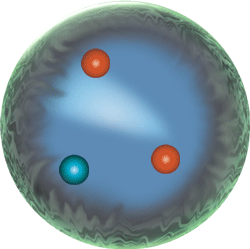 "In
this weak force process a neutron (n ) encounters a neutrino (ve ), and they transmute into a proton (P ) and an electron (e- ). Careful examination reveals that this effect is
"In
this weak force process a neutron (n ) encounters a neutrino (ve ), and they transmute into a proton (P ) and an electron (e- ). Careful examination reveals that this effect is 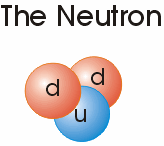 produced
by the exchange of a heavy, charged messenger particle (W- ) from
the neutron to the neutrino.
produced
by the exchange of a heavy, charged messenger particle (W- ) from
the neutron to the neutrino.
The W- brings about the transmutation of a neutron into a proton by changing the flavor of one of its quarks from the down (d) to the up (u)at the instant of its emission."
( Figure 17. Page 119)

The quantum dynamics in subatomic particles is based on the dichotomous ideas of Feynman, Gell-Mann, Einstein and Bohr.
Definition | Creation | Technology | Science Index
Descartes | Feynman | Galileo | Hawking | Hooke | Newton | Einstein | Tattersall | Wilzeck | Gell-Mann
Spencer Weart | Gale Christianson | James Hansen | Contemporary | Robert Musil | David Archer | Gavin Schmidt | data
Darwin | Ehrlich | Hardin | Margulis | Thomas | Watson | Wilson
nature | many meanings | nature's geometry | natural capital | role of plants | production

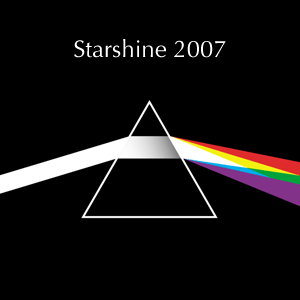
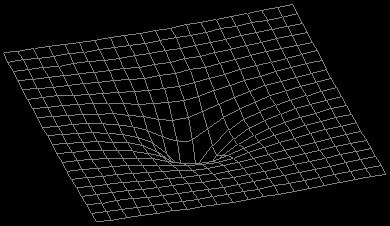

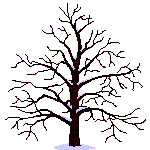


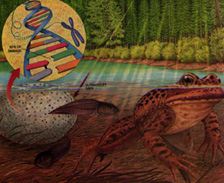
![world]](world-organic-schematic.jpg)
